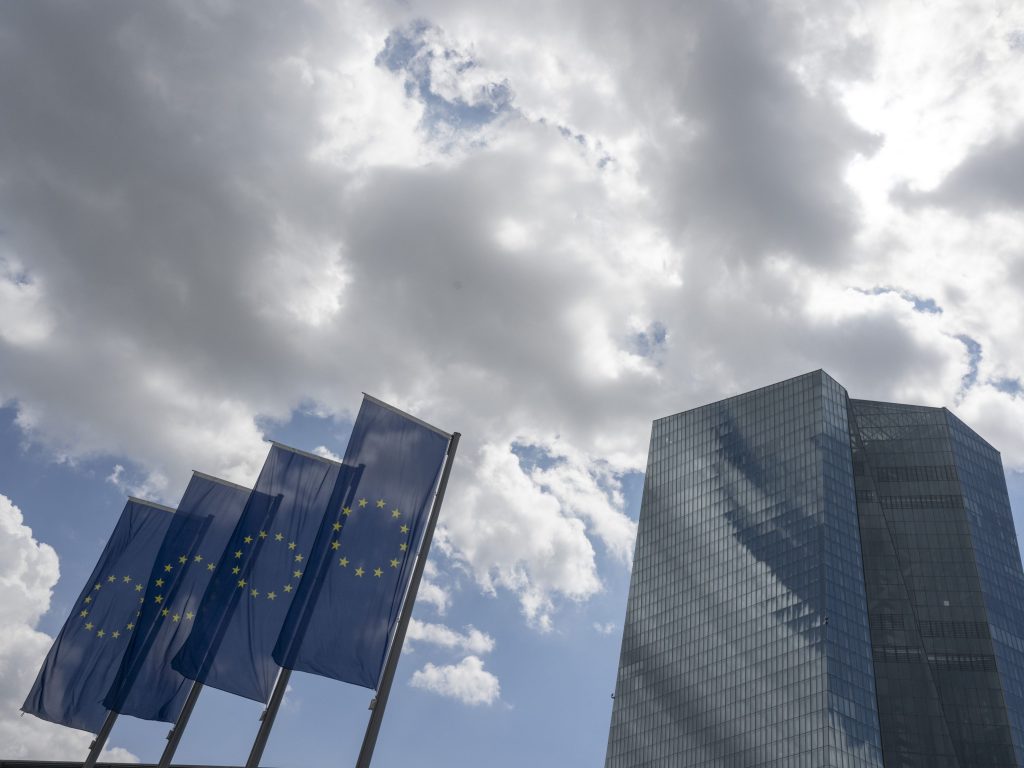
According to Durchblicker, lending rates have been rising for some time.
© APA / DPA / BORIS ROESSLER (avatar)
In Austria, banks have already raised lending rates ahead of today’s interest rate decision by the European Central Bank (ECB). This is the result of a survey conducted by the comparison portal durchblicker.
Interest in savings has also increased, although not to a significant degree. Another hike in interest rates is expected. For low-income families, more expensive loans can become a serious problem in the fall.
Banks expected the end of the zero interest rate policy
Banks have already anticipated the historic end of Europe’s zero-interest rate policy on loans, and interest rates have been rising slightly for a year, according to a press release on Thursday. With high inflation, the increase in the cost of credit accelerated significantly again.
According to Duchblicker, fixed interest rates have doubled since the beginning of the year
According to comparison portal data, fixed interest rates have doubled or nearly tripled since the beginning of the year. Depending on the bank and creditworthiness, customers currently pay interest from 2.25 to 3.50 percent in July for a 10-year fixed-rate loan instead of 0.750 percent a year earlier. Everything indicates that “interest rates will continue to rise in the coming months until late summer,” says Martin Spona, head of consumer finance at durchblicker.
Lending rates have been going up for some time
Consumer loans are also becoming more expensive by up to 2 percentage points. Durchblicker assumes that due to inflation, more and more consumers will need a short-term loan as early as August to cover ongoing fixed costs and pay bills. “If loans become more expensive again, families who have barely made ends meet in the past few weeks will no longer be able to afford temporary financing and will find it even more difficult to get a loan,” warns Spona.
durchblicker expects an increase in interest on savings
In the case of interest on savings, durchblicker expects an increase in the coming months. Although the first major banks raised the fixed rate of term deposits in April for the first time in a long time to more than 1 percent, interest rates on demand deposits remain a meager 0.01 to 0.35 percent. In light of high inflation, durchblicker experts advise against tying savings deposits in the long term and being flexible. “Even with shorter maturities, banks can pay more than 2 percent interest again this year,” says Spona.

“Total coffee aficionado. Travel buff. Music ninja. Bacon nerd. Beeraholic.”








More Stories
Wealthy families take more risks when it comes to money.
Salesforce and NVIDIA Form Strategic Collaboration to Drive AI Customer Innovation
Changing banks causes problems for customers